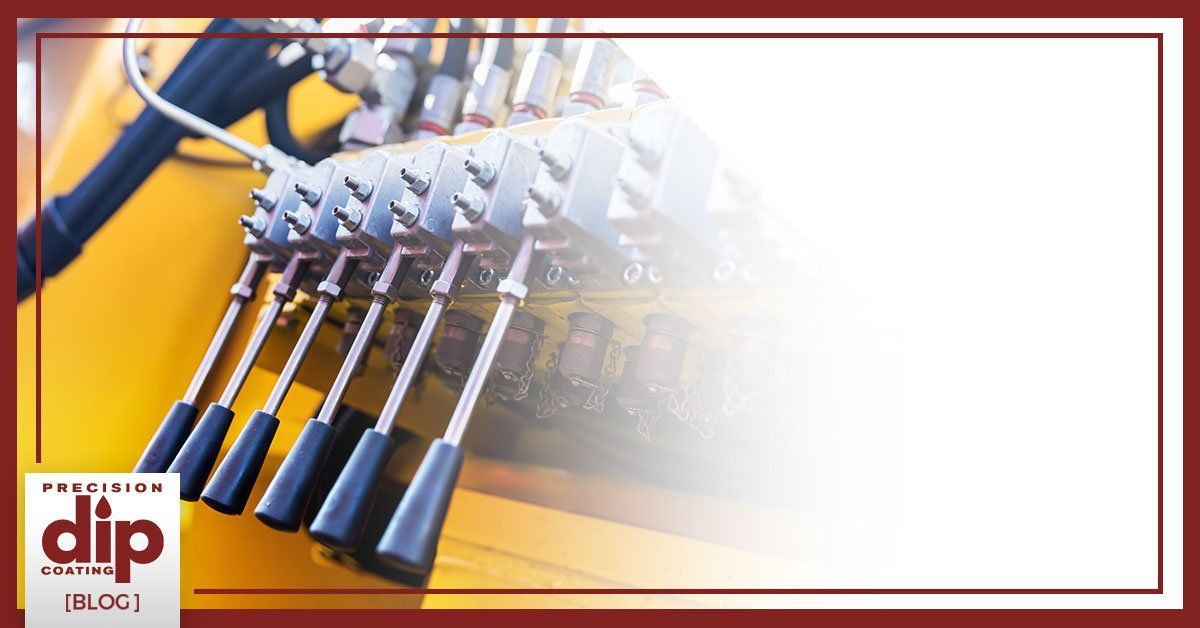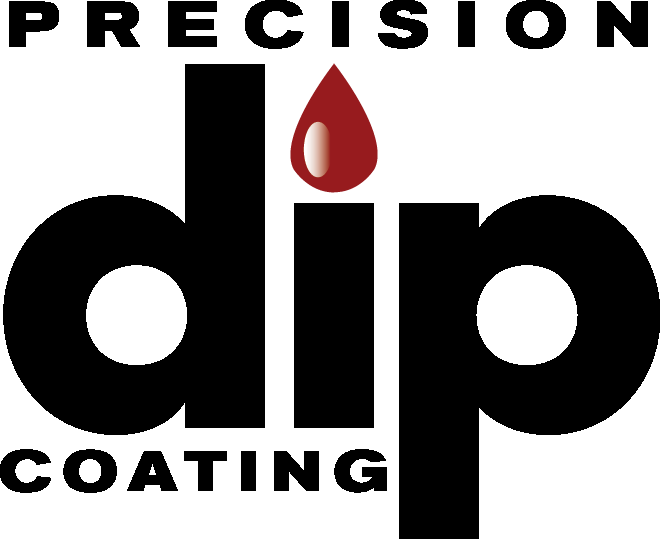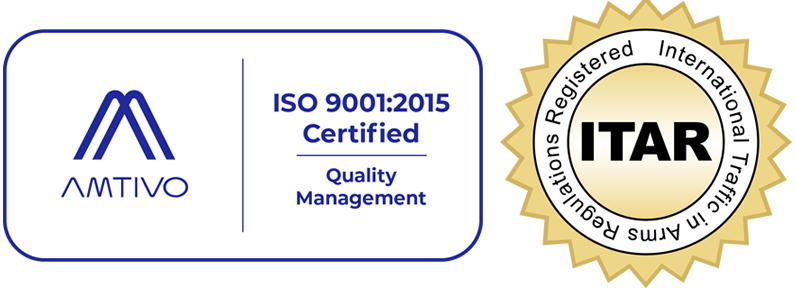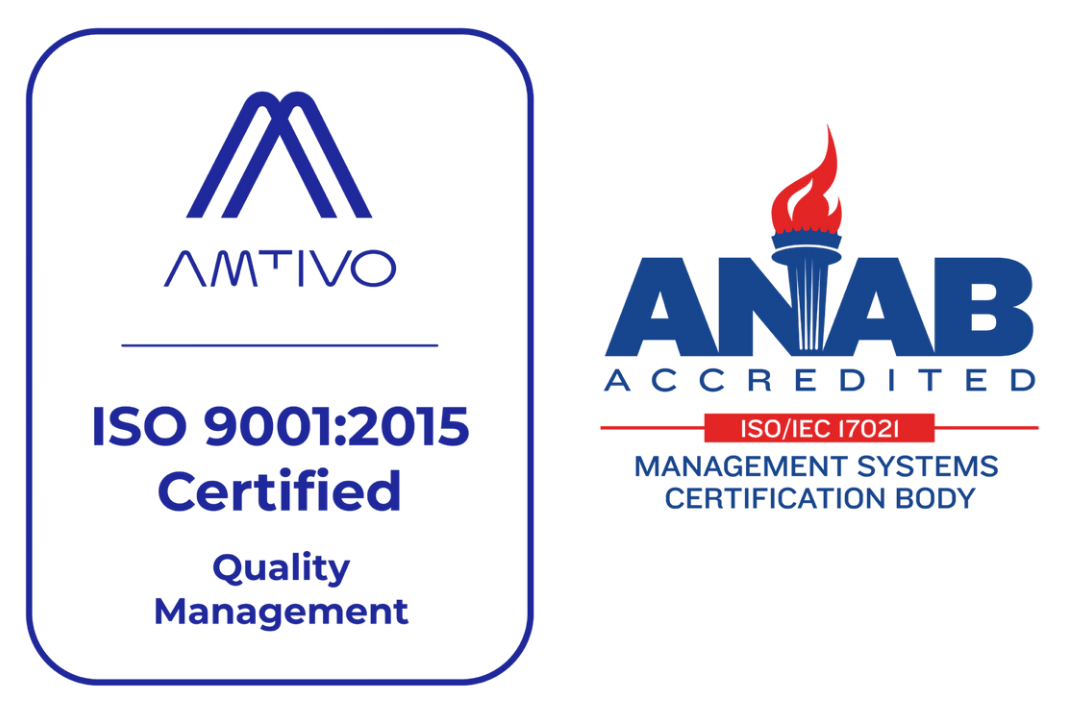History of Halar Coatings

We won't blame you if you haven't heard of ethylene chlorotrifluoroethylene (ECTFE), but you may be more familiar with its more well-known brand name, Halar. In the decades since it was introduced in 1970, Halar has gained respect and popularity for its exceptional smoothness, durability, and corrosion resistance.
Origins of Halar
A member of the fluoropolymer family of substances, Halar was developed to improve upon polytetrafluoroethylene (PTFE), commonly known by its brand name, Teflon. Teflon itself was an accidental discovery in 1938 by scientist Roy J. Plunkett at a DuPont laboratory, opening the world of fluoropolymers to science and industry. Since this fortunate discovery, fluoropolymer coatings, including Halar, have entered nearly every aspect of our lives, from familiar non-stick cookware coatings to uses in medical devices such as catheters and UV sterilizers, and to insulate components in many electronic devices we use daily.
Advantages of Halar
One of the most durable coatings around, Halar offers a number of desirable coating qualities, including:
- Superior impact, corrosion, and abrasion resistance
- Excellent insulating ability
- Excellent performance in extreme conditions
- Versatile — can be applied to many substrates using multiple techniques
- Good flexibility
- High purity
Common Halar Applications
With its highly desirable qualities, Halar finds applications in dozens of industries. Popular uses of Halar include:
- Industrial uses where parts must interact with minimal friction such as cams, bearings, valves, and cables where a Halar coating can minimize wear
- Pharmaceutical uses where purity and resistance are key
- Semiconductor and other precision electronic insulation
- Exhaust ductwork, meeting fire safety standards
- Chemical processing — its high resistance to chemicals, corrosion, and a range of temperatures makes Halar popular
At Precision Dip Coating, we have extensive experience with Halar and other coatings, and we bring that expertise to every project.
Contact us today to learn more about our plastic coating and other services.







